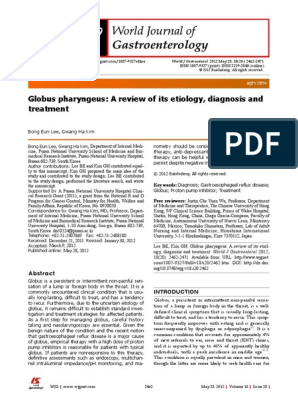0% found this document useful (0 votes)
18 views6 pagesGastric Carcinoma
Kashara Sabastian, a 58-year-old male, presented with epigastric pain, loss of appetite, significant weight loss, and vomiting after meals, with no history of heartburn or blood in vomitus. His examination revealed signs of severe weight loss and enlarged lymph nodes, leading to a diagnosis of gastric carcinoma, with differential diagnoses including gastric ulcer and gastric outlet obstruction. The document discusses the clinical presentation, management options, and staging of gastric cancer, emphasizing the poor prognosis associated with late-stage diagnosis.
Uploaded by
Kandy EmmyCopyright
© © All Rights Reserved
We take content rights seriously. If you suspect this is your content, claim it here.
Available Formats
Download as DOCX, PDF, TXT or read online on Scribd
0% found this document useful (0 votes)
18 views6 pagesGastric Carcinoma
Kashara Sabastian, a 58-year-old male, presented with epigastric pain, loss of appetite, significant weight loss, and vomiting after meals, with no history of heartburn or blood in vomitus. His examination revealed signs of severe weight loss and enlarged lymph nodes, leading to a diagnosis of gastric carcinoma, with differential diagnoses including gastric ulcer and gastric outlet obstruction. The document discusses the clinical presentation, management options, and staging of gastric cancer, emphasizing the poor prognosis associated with late-stage diagnosis.
Uploaded by
Kandy EmmyCopyright
© © All Rights Reserved
We take content rights seriously. If you suspect this is your content, claim it here.
Available Formats
Download as DOCX, PDF, TXT or read online on Scribd
/ 6





















































































































